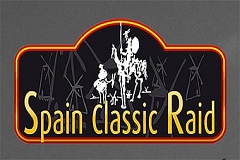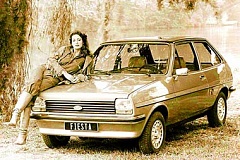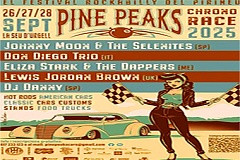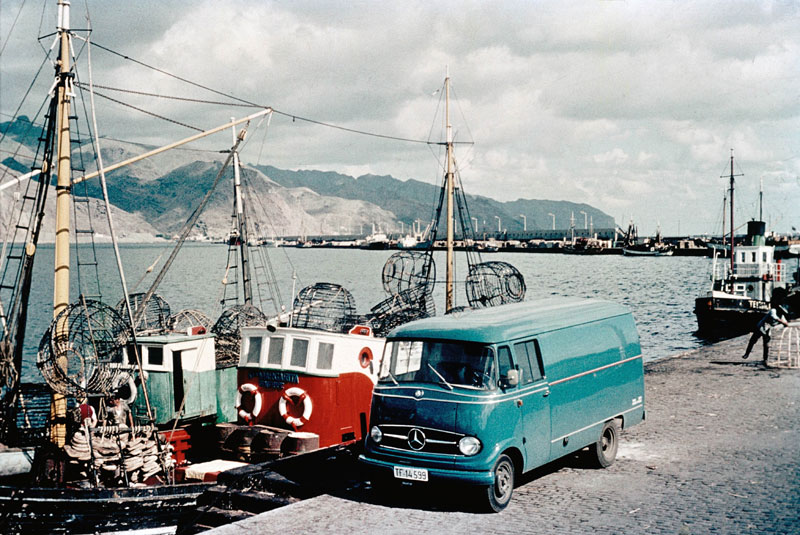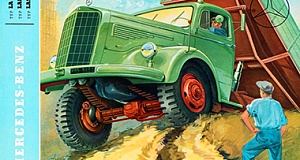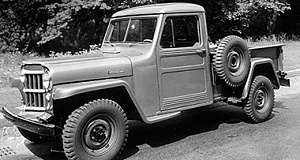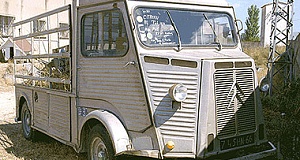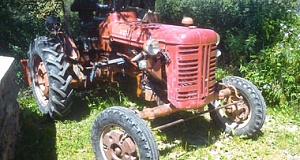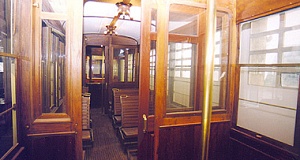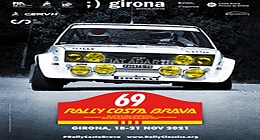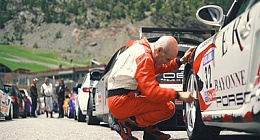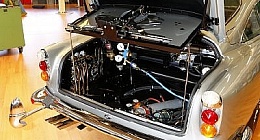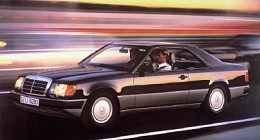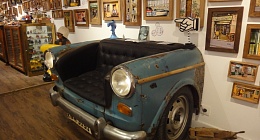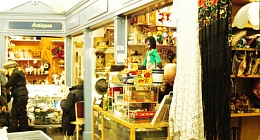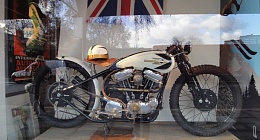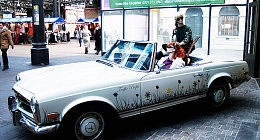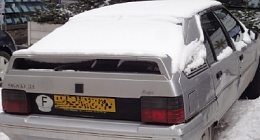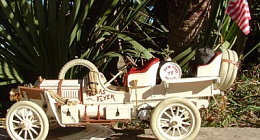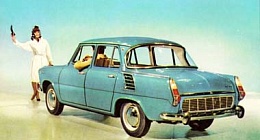Dado que la producción de la L 1100 había terminado en 1941, el segmento de ligeros de Mercedes-Benz estaba completamente descuidada. Ahora parecía el momento adecuado para abordar una vez más el enorme mercado que se había desarrollado durante los años de la posguerra.
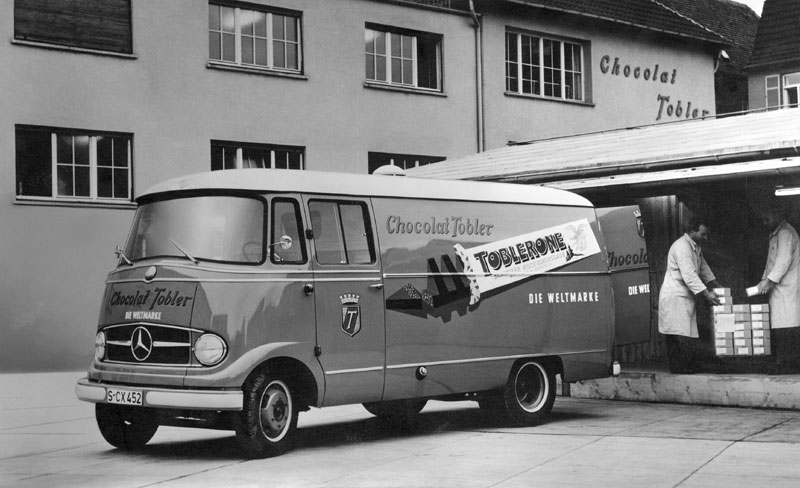
En 1956 se inicia la producción en serie de las furgonetas 319 L, presentadas en 1955 en el Salón del Automóvil de Frankfurt y recibidas con escepticismo por los expertos, pero con entusiasmo por los clientes. Una construcción robusta y sólida tecnología proporciona exactamente lo que se deseaba : un chasis simple con ejes rígidos y ballestas, disponible con un motor diesel de 1.8 litros aunque con una potencia de 32 kW (43 CV) o con un 1,9- motor de gasolina con 48 kW (65 CV).
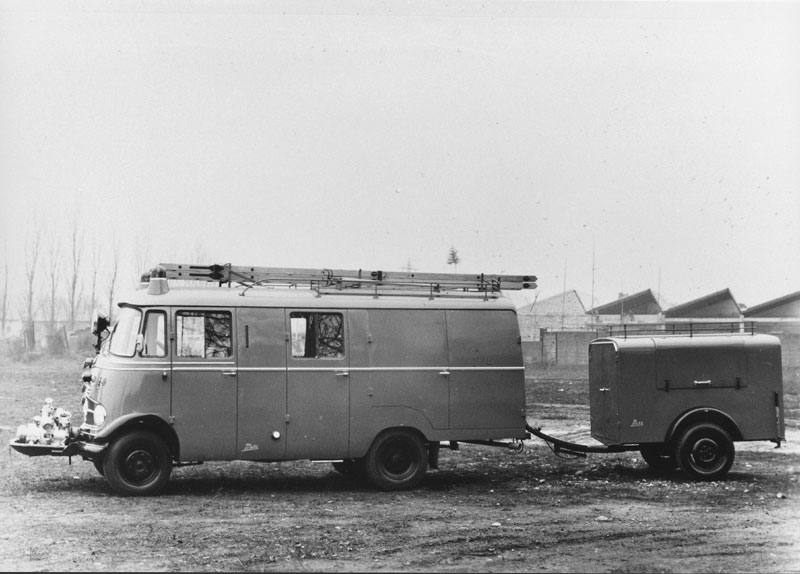
Con ambas mecánicas se equipaba con una caja de cambios de cuatro velocidades de serie, que transmite la potencia de tracción al eje trasero. Suspensiones ,delantera, así como trasera, fueron equipados con muelles semi-elípticos. Frenos con sistema hidráulico y la dirección de cremallera, aunque en opción disponible asistida.
· New start for vans in 1956
· Robust construction and solid technology
· More than 100,000 built
· Three different variants of bus
Stuttgart – Since production of the L 1100 had ended in 1941, the light-duty segment at Mercedes-Benz had been thoroughly neglected. It now seemed the right time to tackle once again the enormous market that had developed during the post-war years. The first true van was the L 319, which went into series production in 1956. At its launch the previous year at the Frankfurt Motor Show it had been received with scepticism by the experts, but with enthusiasm by customers.
Its down-to-earth and robust construction provided just what they wanted: a simple chassis with rigid axles and leaf springs, available with either a 1.8-litre diesel engine with a modest output of 32 kW (43 hp) or with a 1.9-litre petrol engine offering 48 kW (65 hp). With each of these came a four-speed gearbox as standard, which transmitted the drive power to the rear axle. The rigid axles, front as well as rear, were fitted with semi-elliptic springs, while the braking was hydraulic; power-assisted steering was only available at additional charge.
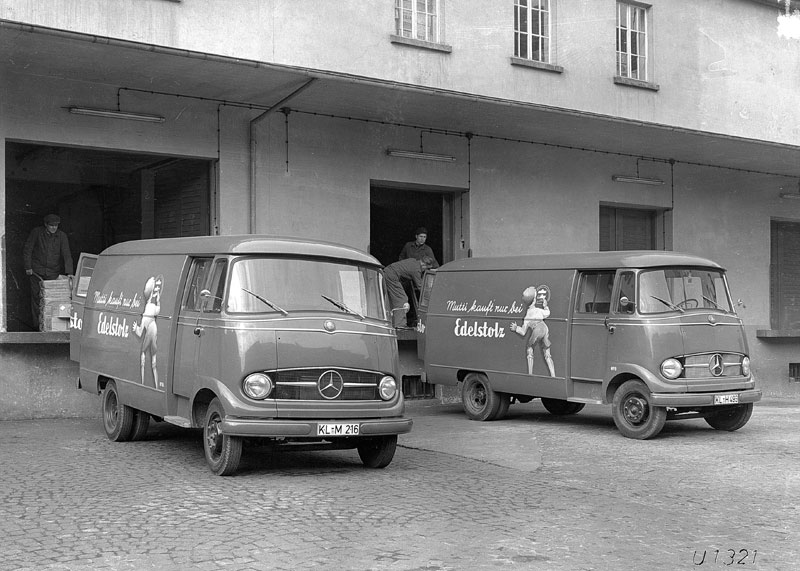
Small, but oh my!
Although small, it also had some very clever features: the positioning of the front axle so far forward made much lower and easier access possible. This basic design provided the blueprint for the later, exceptionally successful L 608 light-duty truck and its subsequent descendants. This model also had a one-piece windscreen. Furthermore, it was one of the first commercial vehicles produced by Daimler-Benz to feature what was to become a defining characteristic of the brand: the horizontal radiator grille, as at the time already seen on the company's sports cars.
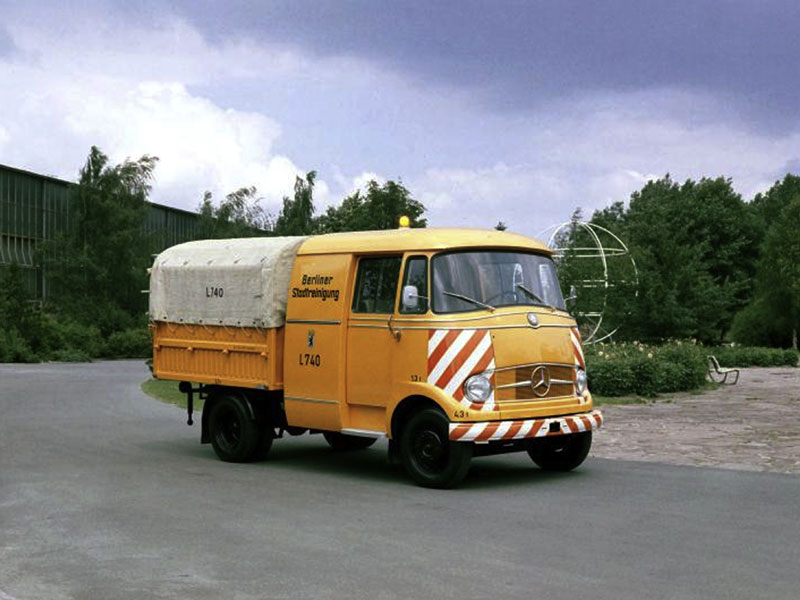
The panel van offered a payload of between 1625 and 1915 kilograms, while on the high-roof models the span increased to 1610 to 1900 kilograms. In the case of the platform model (available in two wheelbase lengths) the payload was 1700 kilograms for either version, while on the low-bed platform truck (in each case fitted with an extra frame) it was 1845 to 2135 kilograms. On the panel van, the body structure had a supporting function. All details shown here apply for both diesel and petrol-engine versions. The second figure relates to the reinforced version of the vehicle.
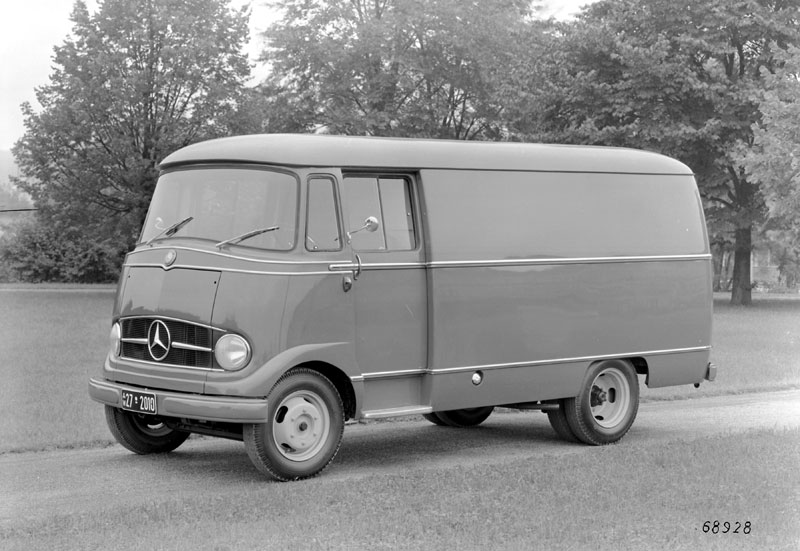
In the established tradition of commercial vehicles, Daimler-Benz also launched a bus variant, modelled on the same basis: in the form of the O 319 came a bus that was designed to be built in three versions: petrol, diesel and luxury coach – as for the panel van, it had a wheelbase of 2850 millimetres.
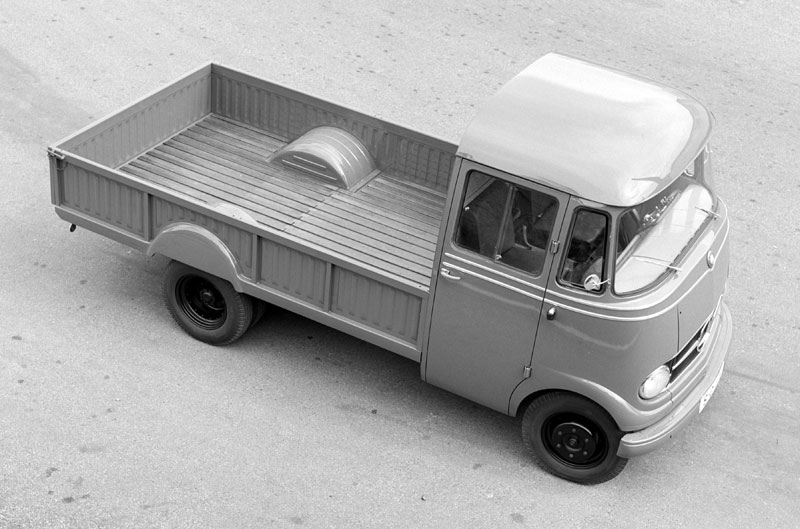
Sindelfingen was building the trucks, but the buses were manufactured in Mannheim. From the autumn of 1961, the somewhat lacklustre engine from the launch period was replaced by a 37 kW (50 hp) diesel with a displacement of 2 litres, while production of both vans and buses was very soon afterwards brought under one roof. From that point on both were built in Düsseldorf and the separate production lines in Sindelfingen and Mannheim were closed in 1962.
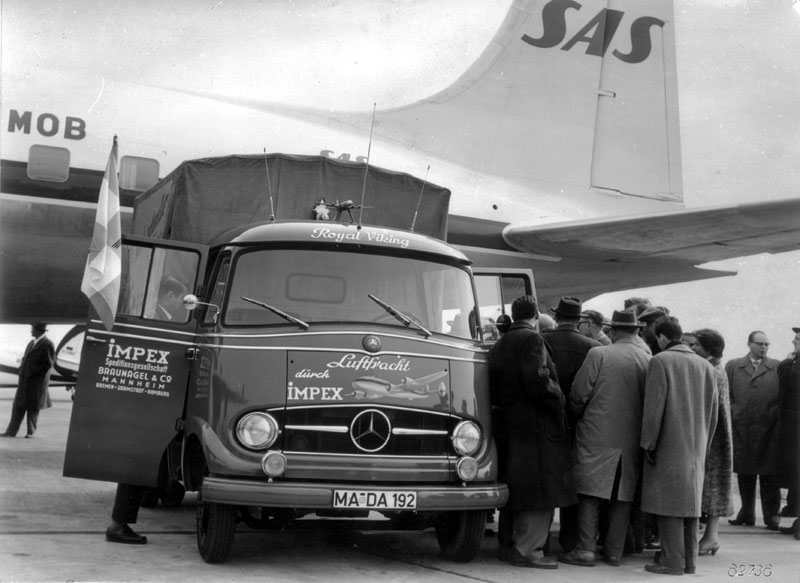
Crewcab from 1963
In 1963 the vehicles were renamed by the plant: the L 319 D became the L 405, while the petrol-engined L 319 became known from then on as the L 407. The bus version however, the O 319, kept its original designation. As well as the model designations changing, the number of variants was increased; more powerful springs and better brakes made a payload of 2 tonnes possible; and there was also a new crewcab, a popular choice for the construction industry in particular.
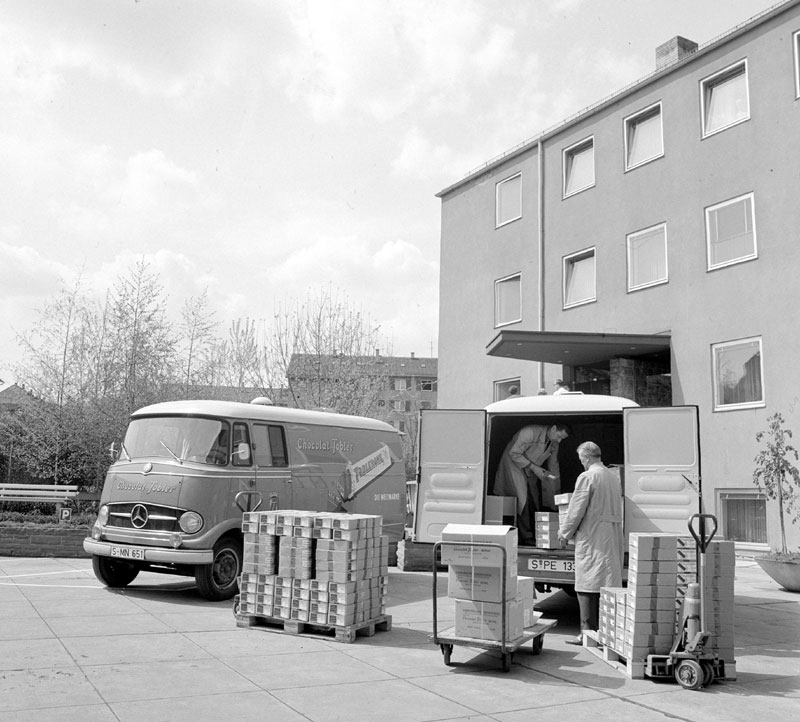
As early as September 1965, Daimler-Benz was able to mark the production of the 100,000th unit from this model series, of which altogether a total of 123,234 were sold until 1968. A further almost 19,000 parts kits were sent from the plant for assembly in Spain. The model series was succeeded on the market in January 1967 by the “Düsseldorfer” types L 406 and L 408, later called T 2.
